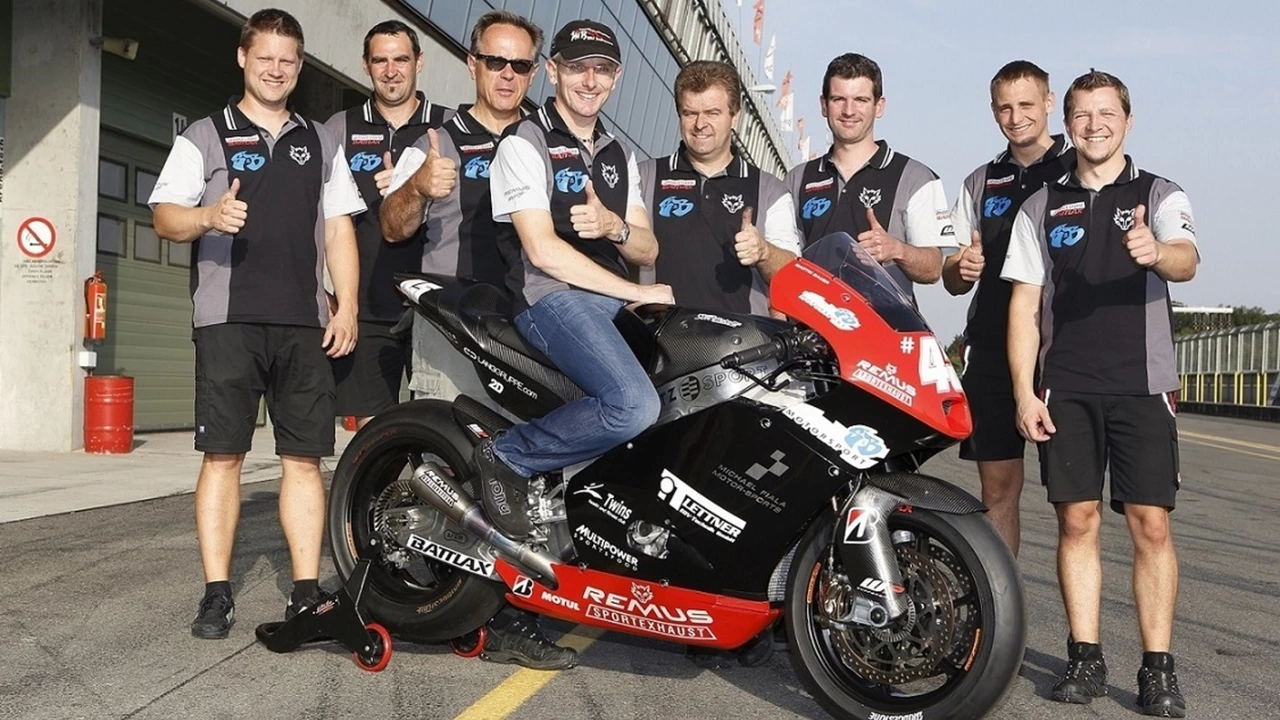Racing Team: News, Strategies & Insider Tips
If you love the roar of engines and the split‑second decisions that win a race, you’re in the right place. This page pulls together everything you need to know about racing teams – from how they’re built to what makes them successful on the track.
Whether you’re a fan chasing the latest F1 headlines or a rider curious about motorcycle team dynamics, you’ll find practical info that cuts through the hype. Let’s break down the key parts of a racing team and give you actionable steps if you want to join one.
How Racing Teams Work
A racing team is more than a collection of drivers and cars. It’s a tightly knit crew of engineers, mechanics, data analysts, and strategists. In Formula 1, for example, the team’s purpose is to develop the fastest car possible while managing tyre choices, fuel loads, and pit‑stop timing. Those same principles apply to MotoGP and even to car‑racing clubs that run on a smaller budget.
Team strategy starts long before the flag drops. Engineers run simulations, designers tweak aerodynamics, and drivers give feedback on how the machine feels. On race day, the crew monitors telemetry in real time, looking for the perfect moment to push the car or bike harder. That blend of technology and human skill is what separates a winning team from the rest.
Another crucial factor is communication. Drivers use a simple radio system to relay what they’re experiencing, and the pit wall instantly translates that into data adjustments. This back‑and‑forth loop keeps the car balanced and the driver confident, especially when taking corners at high speed.
Getting Involved with a Racing Team
Thinking about joining a team? The first step is to get your feet wet with a racing school. Hands‑on training teaches you the basics of vehicle dynamics, braking zones, and race etiquette. After that, securing a racing license is mandatory – it shows promoters you meet safety and skill standards.
Next, look for a local club or amateur team. These groups often run practice sessions, weekend races, and even mentorship programs. Being part of a club gives you exposure to real‑world racing setups and lets you network with experienced crew members.
If you’re aiming for a higher level, consider volunteering for a professional team’s support staff. Even a few weeks helping a pit crew can teach you how tire changes, fuel refills, and quick repairs happen under pressure.
Finally, invest in the right gear. A good helmet, racing suit, and proper boots are non‑negotiable for safety. When you’re ready to step into a car or bike, make sure the vehicle complies with the class regulations – every series has its own engine size, weight, and modification limits.
Beyond the technical side, remember that mental preparation matters. Many top drivers practice visualization, reviewing every turn in their mind before the race. It’s a habit you can adopt right now to improve focus and confidence.
Racing teams are always on the lookout for fresh talent and new ideas. By showing up, learning the ropes, and staying hungry for improvement, you’ll increase your chances of moving up the ladder.
Stay tuned to this tag for updates on the latest team moves, strategy breakdowns, and behind‑the‑scenes stories from the world’s most exciting motorsport series.
